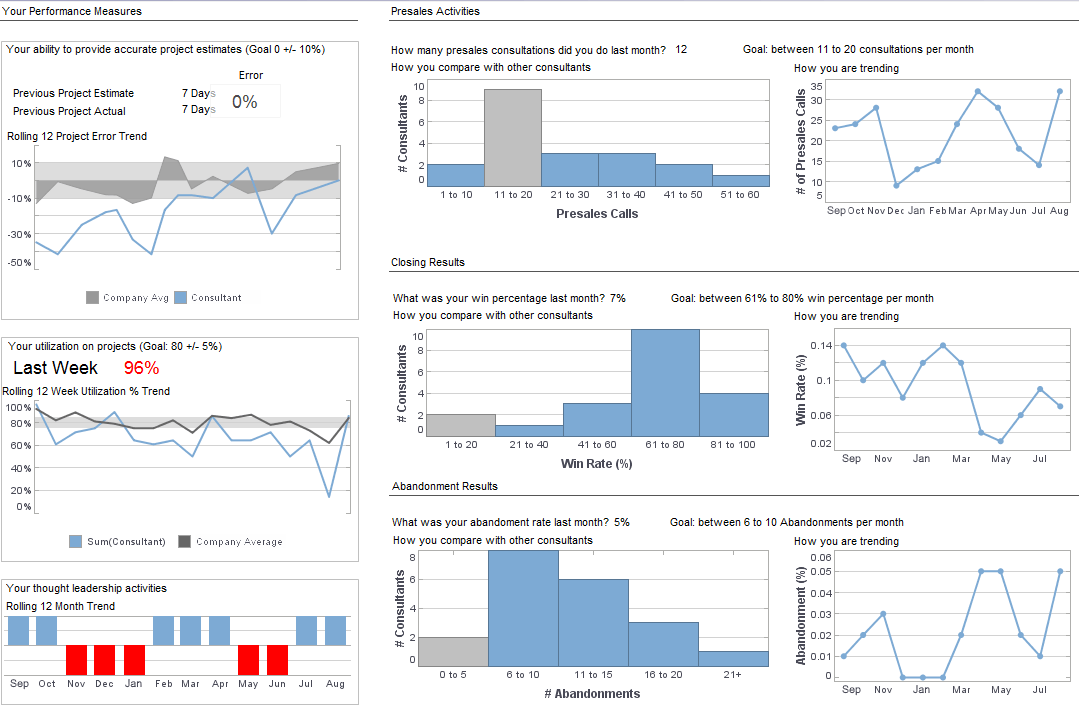Product How-To: Cascaded Parameter Sheets in a Report
1. Open the Designer and click the ‘New’ button. In the ‘Create Report’ dialog box select ‘Blank Tabular Report’ and click ‘OK’.
2. Select Edit → Parameter. This opens the ‘Parameter Definition’ dialog box. Select the Prompting tab and choose the ‘Use Parameter Sheets’ option.
3. Click on the ‘Edit’ button. This opens the ‘Parameter Flow’ dialog box, in which you can set cascaded parameter sheets with conditional branching.
4. Drag and drop the ‘customers’, ‘customer discount’, and ‘reseller discount’ parameter sheets to the center. The ‘Start point’ and ‘End point’ boxes are the two terminal points of the flow.

What Are the Reasons to Use Cascaded Parameter in a Report?
Cascaded parameters in a report offer several benefits and are commonly used in various reporting scenarios. Here are some reasons to use cascaded parameters:
-
Improved User Experience: Cascaded parameters can enhance the user experience by allowing users to narrow down their selections dynamically. Instead of presenting users with a long list of options for each parameter, cascaded parameters enable users to make selections based on the values of preceding parameters. This simplifies the selection process and reduces cognitive load for users.
-
Filtering and Drill-Down: Cascaded parameters facilitate filtering and drill-down capabilities in reports. Users can start with broader categories or criteria and progressively refine their selections by choosing from cascading parameter values. This enables users to focus on specific subsets of data and analyze information in greater detail.
-
Dynamic Report Generation: Cascaded parameters enable dynamic report generation based on user inputs. As users make selections in cascading parameters, the report content updates dynamically to reflect the chosen criteria. This allows for on-the-fly customization of reports and ensures that users receive relevant and up-to-date information.
-
Flexible Report Design: Cascaded parameters provide flexibility in report design by allowing for more dynamic and interactive reports. Report designers can create reports with cascading parameter hierarchies, enabling users to navigate through different levels of data granularity or drill down into specific subsets of data. This flexibility enhances the usability and utility of reports for end users.
-
Reduced Server Load: Cascaded parameters can help reduce server load by limiting the amount of data transferred between the client and server. Instead of loading all possible parameter values upfront, cascaded parameters fetch values dynamically based on user selections. This reduces the amount of data transmitted over the network and improves report performance, particularly in scenarios with large datasets or complex parameter options.
-
Better Performance: By narrowing down the dataset based on user selections, cascaded parameters can improve report performance. By filtering data at the source, the report retrieves and processes only the relevant data, leading to faster report execution times and improved overall performance.
| Previous: Advanced Enterprise Reporting Topics |
Next: Hyperlinks
in Reports
|